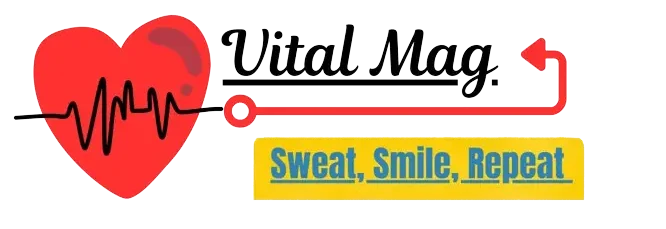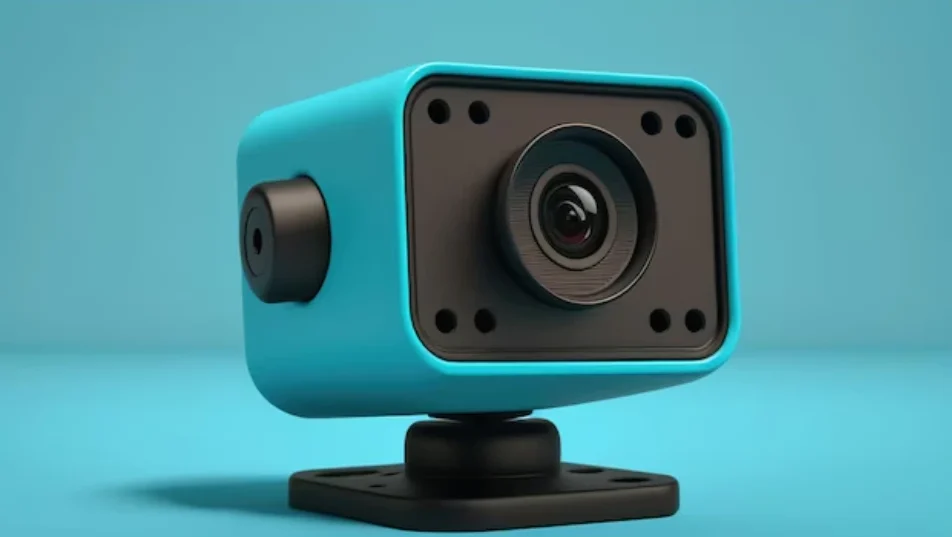Industrial environments, especially those involving the handling of volatile substances, demand specific, certified equipment to ensure safety and operational efficiency. Among these, subzero industrial tank cameras ATEX rated stand out as critical tools for hazardous areas. This article delves into the workings, importance, and applications of these specialized cameras.
1. Introduction to ATEX Rating
ATEX, derived from the French “Appareils destinés à être utilisés en ATmosphères EXplosibles,” is a European certification ensuring that equipment used in potentially explosive atmospheres is safe. The directive divides explosive areas into zones based on the frequency and duration of explosive atmospheres:
- Zone 0/20: Continuous presence of explosive gases or dust.
- Zone 1/21: Occasional presence.
- Zone 2/22: Rare presence of explosive atmospheres.
Cameras used in these zones must adhere to rigorous standards to avoid sparking or igniting flammable materials. A subzero industrial tank camera ATEX-rated is built to withstand harsh conditions, including extreme cold while ensuring complete safety in explosion-prone environments.
2. Why Choose ATEX Rated Cameras for Subzero Industrial Environments?
Subzero industrial environments, such as offshore drilling, chemical storage tanks, and oil refineries, often involve both extreme temperatures and the presence of hazardous gases or dust. The following factors make ATEX rated cameras indispensable in these settings:
- Safety: ATEX-rated cameras are designed to avoid becoming an ignition source in flammable environments, where a single spark could cause a catastrophic explosion.
- Durability in Harsh Environments: These cameras are built to function efficiently under extreme cold, pressure, and sometimes underwater.
- Operational Efficiency: They allow remote visual inspections, reducing the need for human intervention in dangerous areas.
3. Key Features of Subzero Industrial Tank Cameras ATEX Rated
- Explosion-Proof Design: These cameras are encapsulated to prevent the ingress of gases or dust, thereby avoiding any internal sparking that might ignite an explosive atmosphere.
- Temperature Resistance: Designed to function in subzero temperatures without losing performance. Some models, like the VT 1000 HD Ex, are operable in temperatures as low as +1°C.
- High Definition Visuals: Equipped with HD or Full-HD sensors (e.g., Gravity X camera), these cameras provide clear, high-resolution images even in dimly lit or foggy environments.
- Zoom and Pan Features: Advanced cameras offer 30x optical zoom and 220° pan, allowing comprehensive inspections even from a distance.
- LED Illumination: Integrated LED lights ensure clear visuals even in low-light conditions inside industrial tanks or vessels.
4. Applications in Hazardous Environments
ATEX-rated subzero industrial tank cameras find use in a wide range of sectors:
- Oil and Gas: For monitoring tanks, pipelines, and offshore rigs where flammable gases are prevalent.
- Chemical Plants: Surveillance of areas where volatile chemical reactions occur.
- Pharmaceuticals: Monitoring powder handling and storage, where dust clouds pose explosion risks.
- Mining: Used to inspect areas prone to firedamp and other explosive gases.
- Marine and Subsea Operations: For underwater vessel inspections in hazardous zones, including areas prone to explosions.
5. ATEX Zones and Equipment Categories
Understanding the ATEX zone classification helps in choosing the correct camera for specific environments:
- Zone 0/20: Requires Category 1 equipment, which is the highest protection level. This includes the interior spaces of tank trucks or filters.
- Zone 1/21: Category 2 equipment is used, suitable for areas where explosive atmospheres occasionally exist.
- Zone 2/22: Category 3 equipment, designed for areas with minimal exposure to explosive conditions, such as around storage facilities.
6. Popular Models and Their Specifications
Several models of subzero industrial tank cameras dominate the market:
VT 1000 HD Ex Inspection Camera
- Key Features:
- Full-HD resolution with 1080p video at 60fps.
- 30x optical zoom and 12x digital zoom.
- Integrated LED lighting and de-fog feature for enhanced visibility in unclear conditions.
- Pressure-tight design up to 1.5 bar.
- Applicable in nuclear, industrial, and decommissioning operations.
Gravity X ATEX Certified Camera
- Key Features:
- 8MP image sensor with HD 1080p video recording.
- Powerful LED light and sunlight-readable display.
- 3000mAh battery for extended usage in subzero environments.
- Built-in accelerometer, GPS, and Wi-Fi capabilities.
7. Installation and Maintenance Considerations
When installing ATEX-rated cameras in subzero industrial settings, it’s important to consider the following:
- Proper Sealing and Enclosure: To maintain the ATEX rating, cameras must be installed in secure, well-sealed enclosures that prevent gas or dust ingress.
- Regular Maintenance: Regular checks and maintenance ensure the camera continues to function properly, especially in extreme environments.
- Compliance with Safety Standards: Installation and operation should always comply with local safety standards and guidelines for hazardous environments.
8. Emerging Trends and Future Innovations
As industries expand, new innovations are expected in the field of subzero ATEX-rated cameras:
- Enhanced Connectivity: Wi-Fi and Bluetooth-enabled devices allow real-time data transfer and remote monitoring.
- AI-Powered Monitoring: The integration of AI could lead to automated alerts and inspections, reducing the need for human intervention in dangerous areas.
- Improved Battery Life: Cameras with longer battery lives will enhance operational efficiency, especially in remote or difficult-to-access areas.
9. Conclusion
Subzero industrial tank cameras ATEX-rated are indispensable in industries handling volatile substances. Their ability to function safely and efficiently in hazardous zones ensures the protection of both personnel and equipment. From oil rigs to pharmaceutical plants, these cameras offer clear visual monitoring, reducing the need for manual inspections in dangerous areas. As technology evolves, these cameras will only become more sophisticated, further enhancing their role in industrial safety.

